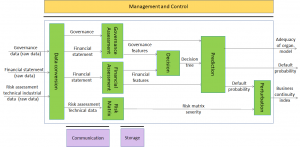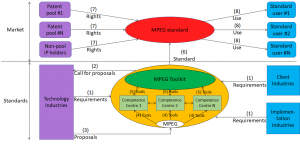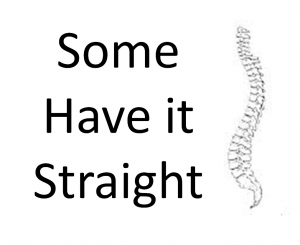The apex of Renaissance was around the middle of the 15th-16th centuries. Learned men freely communicated with the feeling of belonging to a whole that was shared by their minds and by definition borderless.
No other man better symbolises the community of minds that hovered the geographical expression called Europe than Erasmus of Rotterdam.
Then came Martin Luther and decades of religion wars. Other wars sought to establish ever stronger national identities. The common language itself – Latin – still learnt, praised and practiced until recently – was gradually replaced by national languages.
A century and a half later the other side of the Atlantic saw a grand example of nation building: the United States of America. The borders of the new entity were fuzzy at best but, in case it was not clear to the ex-colonists, the occupation of Washington during the American-British War of 1812 reminded them that they had better have a Commander-in-Chief to deal with foreign powers. I am not sure I like the idea of a single person being able to decide what to do of those who set foot in the USA “illegally”, but there is no doubt that all the facets of that power have played a major role in making the USA the power that it is today.
Another century and a half later the extreme eastern end of Europe saw another grand example of nation building: the Union of the Soviet Socialist Republics. Over the centuries the czars of Russia had tried to bring the higher classes of their empire closer to the more and more fractured community of minds that Europe had become. The czarist empire knew very well what borders were and indeed over the centuries Russia had become a huge multi-ethnic and multi-continental empire. Given the conditions of the moment, the czars’ successors took a minimalist approach to their country’s borders only to revert to expansionism when favourable (so to speak) conditions returned.
Fifty years later Europe saw another – so far – grand example of nation building: the European Union. Driven by a handful of visionaries who had learnt from 15 centuries of wars, and particularly from the world wars, they put in place a process that, starting from economic integration, aspired to achieve higher goals.
Clearly Europe has been built taking the Europe of Erasmus as a model. For decades Europe was a notion where citizens belonged to countries that had a very strong rooting on their territories but shared an Erasmus-like common ideal that would eventually coverthe entire geographical Europe.
This noble plan has worked for a while. For decades students in Europe felt and behaved like Erasmus in the 15th century thanks to a program that, indeed, bears his name. Given time these young people would grow and become European citizens all feeling like members of a community like the learned men of five centuries ago.
Europe could have become the first example of a nation that, unlike all grand nations that had a border, only has intellectual borders. It is not going to happen because this noble plan is being crushed by a handful of migrants – in a population of half a billion people.
It would have been great to determine that you are Europen if you belong to the European community of minds, but now we must be able to determine that by some physical means, i.e. that “inside” you are European and “outside” you are foreigner. Alas, we need an old-fashioned physical “border” to save the ideal of a border-less continent-wide community.
Europeans should be able, as they do, to freely move inside the physical space called Europe where some foreigners will always find the way to get in. If the foreigners are admitted into the physical space we should strive to make them part of the continent-wide community.
That is a long term endeavour that starts from the moment foreigners enter the physical space called European Union. They should be taken in charge by the Europe Union, not by national states.



